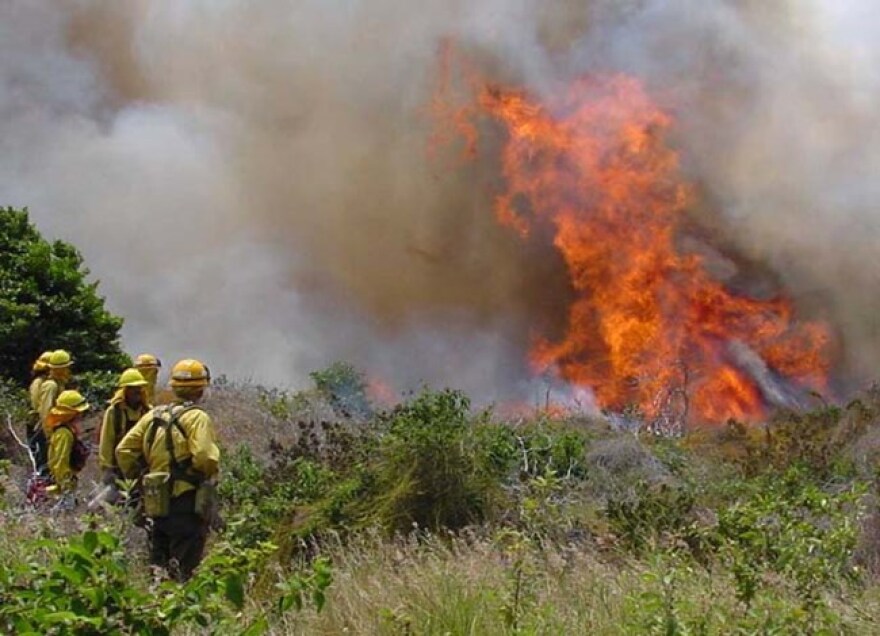Hawaii is the most isolated island chain in the world. Home to a permanent population of 1.4 million and tens of thousands of visitors on any given day, Hawaii and its inhabitants are highly dependent on imports of food and fuel from elsewhere in the world. With help potentially days or weeks away and minimal redundancy, Hawaii's systems and people are highly vulnerable to a major disaster. This series explores those vulnerabilities and how the community can become more resilient.
__________________________________________________________________________

Ports
Hawaii needs to import 3,000 tons of food per day to keep grocery store shelves stocked around the state. All of those goods come into one place: the Port of Honolulu. If damaged, it could take weeks to reopen the port after a disaster event. That could leave Hawaii residents in big trouble.
__________________________________________________________________________

Electrical Grid
Hawaii’s position as the most remote population center in the world leaves the islands uniquely vulnerable to a disaster. We explore the vulnerability of Hawaii’s people and infrastructure in a five-part series. In the first installment, we look at the electrical grid, where 60% of power plants lie in an inundation zone.
__________________________________________________________________________

Healthcare Systems
What happens to patients in dialysis centers when there isn’t water or power and they can’t stay open. How do patients get their medicines if pharmacies are closed? What about our stockpile of medical supplies? We posed those scenarios to Chris Crabtree, Director of Hawaii Healthcare Emergency Management. He says everyone should have a go-bag complete with medications and it is recommended that a food supply for at least two weeks should be on hand.
__________________________________________________________________________

Inter-Island Distribution
The vast majority of food and vital goods arrive in Hawaii via cargo ship. The big ships dock in Honolulu Harbor where Young Brothers Shipping then distributes their cargo to ports around the state. A “just-in-time” delivery model means that most shipments go directly from a ship to store shelves, rather than a warehouse. Young Brothers knows how vulnerable island communities are to a disruption of its services and is constantly on alert for the next disaster.
________________________________________________________________________

Wildfires
Wildfire is Hawaii's forgotten threat. Hurricanes and tsunamis get a lot more attention, but wildfires are one of Hawaii’s most common threats. Hundreds of wildfires break out across Hawaii every year. The vast majority of them are human-caused.





